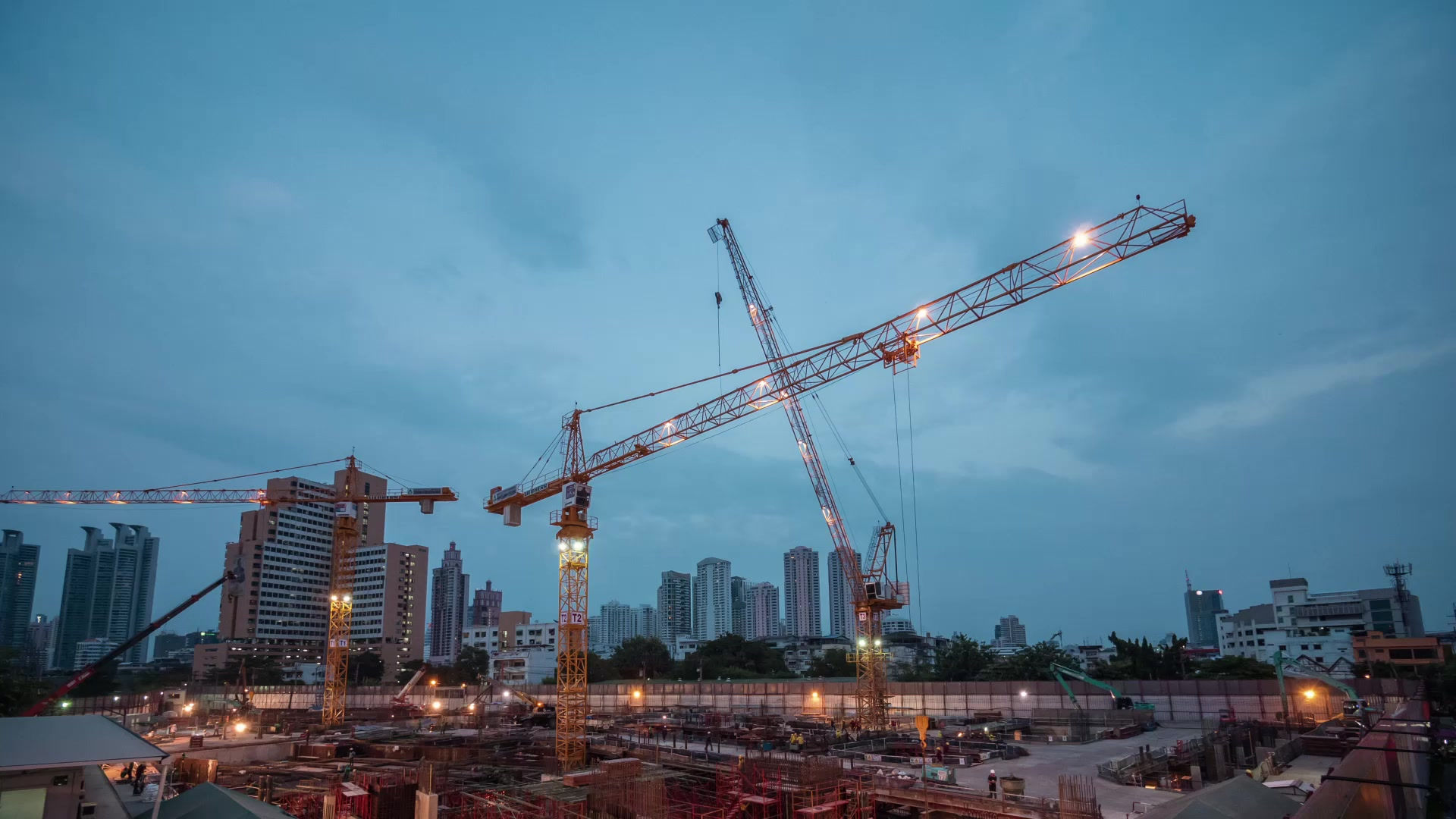Exploring the Technological Innovations and Advanced Analytical Techniques in Pharmaceutical Cleaning Validation Testing
Description: A look at the modern analytical methods and technological advancements that are revolutionizing how pharmaceutical companies verify the cleanliness of their manufacturing equipment.
The field of pharmaceutical cleaning validation is being continuously refined by technological innovations, particularly in the analytical testing segment. The goal is to move beyond conventional methods to achieve greater sensitivity, speed, and real-time analysis. The market is segmented into two main types of tests: product-specific analytical tests and non-specific tests.
High-Performance Liquid Chromatography (HPLC) remains the gold standard among product-specific methods. HPLC's ability to selectively detect and quantify low levels of APIs and other residues makes it highly effective. However, its use is often complemented by non-specific methods like Total Organic Carbon (TOC) testing, which is gaining immense popularity. TOC analysis measures all organic carbon residues on a surface or in a rinse sample, providing a rapid, universal measure of cleanliness and significantly reducing equipment downtime compared to traditional lab-intensive methods.
Emerging technological trends also include the adoption of Process Analytical Technology (PAT), such as handheld Specular Reflectance Fourier-Transform Infrared Spectroscopy (SR-FTIR), which allows for real-time cleaning verification directly on the equipment surface, eliminating the need for traditional swab or rinse sampling and the subsequent long lab-testing wait times. The integration of digital validation software is another significant trend, automating audit trails, centralizing documentation, and enforcing compliance with regulations like 21 CFR Part 11, ensuring a robust and paperless validation lifecycle.


